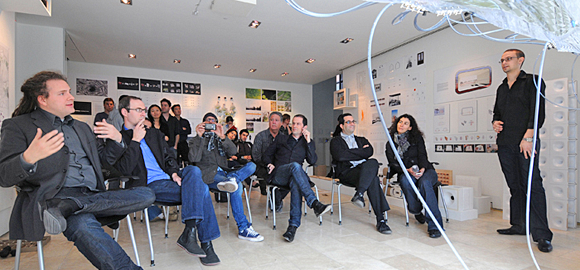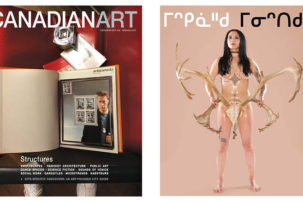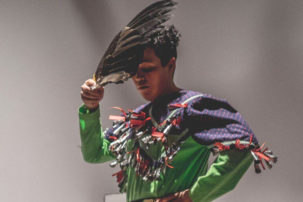To land a great job in the arts, you’ve got to put your best canvas-sneaker-, mary-jane- or cowboy-boot-clad foot forward. Here are a few ways to stand out in your presentations and interviews:
Your resumé: Tailor your resumé to the position for which you are applying. Organize it so that it responds directly to the call for submissions or job posting: address the main points and use the same language.
- No matter why you’re submitting your resumé, you generally need to list:
- • Your contact information
- • Relevant work experience (employment, freelance work and volunteer work)
- • A summary of your qualifications (a few things you’re really proud of, such as accomplishments or awards)
- • Other experience (this is where you explain gaps in your art-related employment—like time spent waiting tables)
- • Community involvement
- • Education (degrees, conferences and classes related to the position)
- • Additional training or skills (if relevant)
- • Extracurricular activities
- • Your interests (if relevant)
Keep your resumé to one or two pages, and make sure that everything is clear and concise. Use one easy-to-read font, list your experience and accomplishments in point-form, and leave plenty of white space.
When you’ve prepared a draft, give yourself lots of time to polish it. Set your resumé aside for a week, and then edit it with fresh eyes. Ask a few people to proofread it, to catch any grammatical or spelling mistakes. Finally, you’ll probably want to have a couple of versions of your resumé: one that focuses on your art (to include with your submissions to galleries and curators), and another that you’ll use when applying for jobs.
Your portfolio: First and foremost, look at guidelines and follow them. Show only your best work—eight to ten pieces is fine—saving the most important examples for the beginning and the end. The images you choose should have a common theme and be of the same style and quality, in order to personalize your work and really show what you do well. Use your portfolio to tell a story—connect your work to the needs of the client, gallery owner, or employer. What would most appeal to the person viewing the portfolio? What criteria or format requirements do they outline?
Put everything in a simple package and replace protective pages when they become worn. A portfolio of visual art should include the title of each piece, its dimensions, and the medium used. If you’re hoping to put together a show or exhibition, prepare and package an artist statement and project proposal to present with your portfolio, which you can leave behind.
Your website:
Once you’ve created a few pieces of which you’re really proud, put them online. Your site should include:
- Personal and company background information
- Your portfolio (convert your works to JPG and PDF files for easy access)
- A list of publications in which you’ve been featured, as well as any shows or events in which you’ve participated
- An up-to-date calendar listing places your work can be seen (if possible)
- Contact information
All of this information should also be included in your press kit.
Your interview: When applying for a job (either in or outside of the arts), bring several copies of your resumé and look the part by dressing appropriately. Keep the mood positive and talk about your strengths. At the end of the interview, let your interviewers know that you are very interested in the position and ask for a business card to make follow-up easy. The day after your interview, send a note thanking them for their time, and tell them again how much you would like to work with them—this shows professionalism and sets you apart from the other candidates. If you aren’t selected, ask them how you can improve your chances in the future. They may hire you for another position or refer you to someone they know.

 Professors Carol Moukheiber and Christos Marcopoulos lead a critique for third-year graduate students in an advanced architectural design studio at the University of Toronto. Courtesy University of Toronto Architecture/John Howarth
Professors Carol Moukheiber and Christos Marcopoulos lead a critique for third-year graduate students in an advanced architectural design studio at the University of Toronto. Courtesy University of Toronto Architecture/John Howarth







